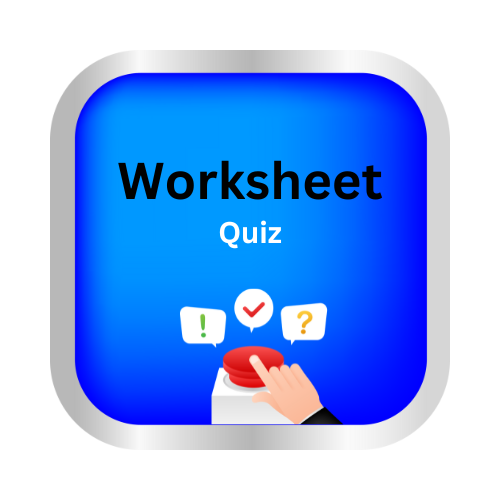Use relative pronouns: who and whom
Key Notes:
📝 Relative Pronouns: Who & Whom
Relative pronouns are words that connect a clause to a noun in a sentence. They give more information about a person or people.
| 🌟 Who |
Use “who” when referring to the subject of the clause.
The subject is the one doing the action.
Example:
- 👩🏫 The teacher who teaches us English is kind.
- Here, “who” refers to the teacher, the one doing the action (teaches).
✅ Tip: If you can replace “who” with he/she/they, then “who” is correct.
| 🌟 Whom |
Use “whom” when referring to the object of the clause.
The object is the one receiving the action.
Example:
- 🎁 The boy whom I helped yesterday is my friend.
- Here, “whom” refers to “the boy,” the one receiving the action (helped).
✅ Tip: If you can replace “whom” with him/her/them, then “whom” is correct.
| 🧐 Quick Check |
| Pronoun | Use for | Test Replacement |
|---|---|---|
| Who | Subject | he / she / they |
| Whom | Object | him / her / them |
| ✨ Extra Examples |
- 🏫 The student who won the prize is very happy. ✅
- 🐶 The man whom we saw at the park is my uncle. ✅
- 📚 I know a girl who loves reading books. ✅
- 🎨 The artist whom everyone admired painted this picture. ✅
| 🎨 Fun Emoji Trick |
Who = 😃 Subject / Action-doer
Whom = 🙇 Object / Action-receiver

